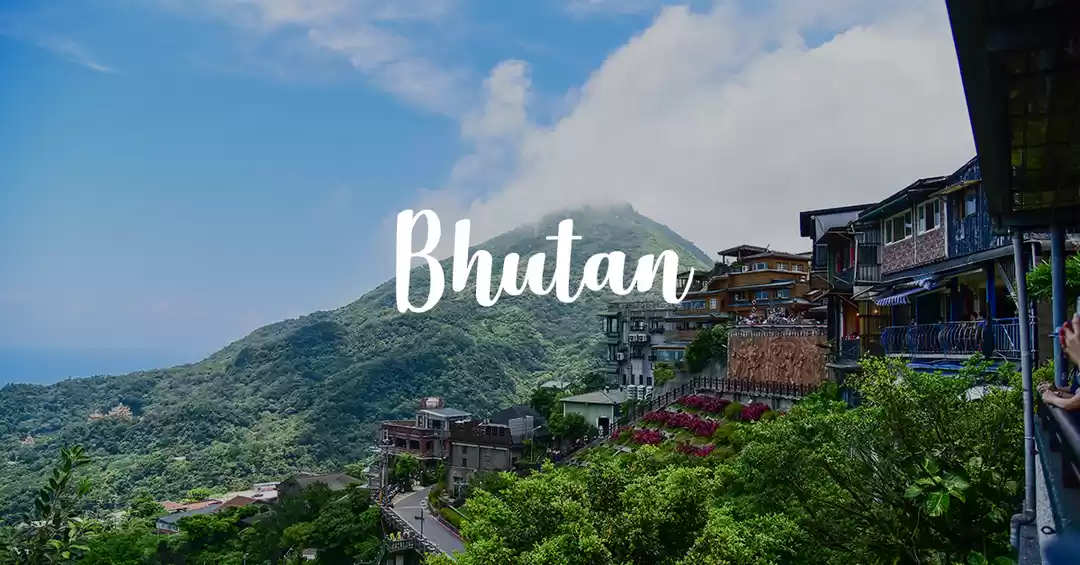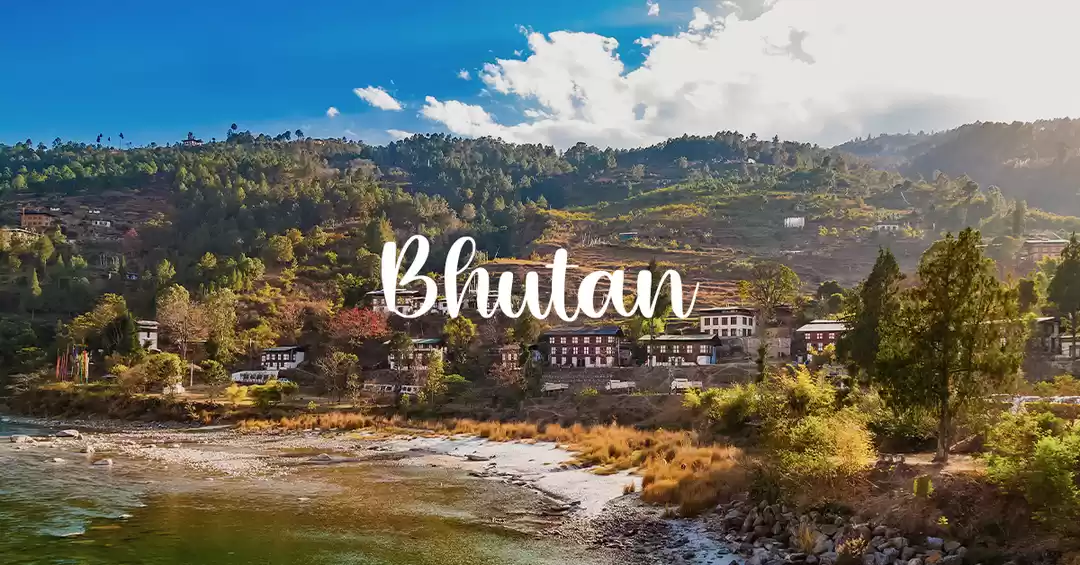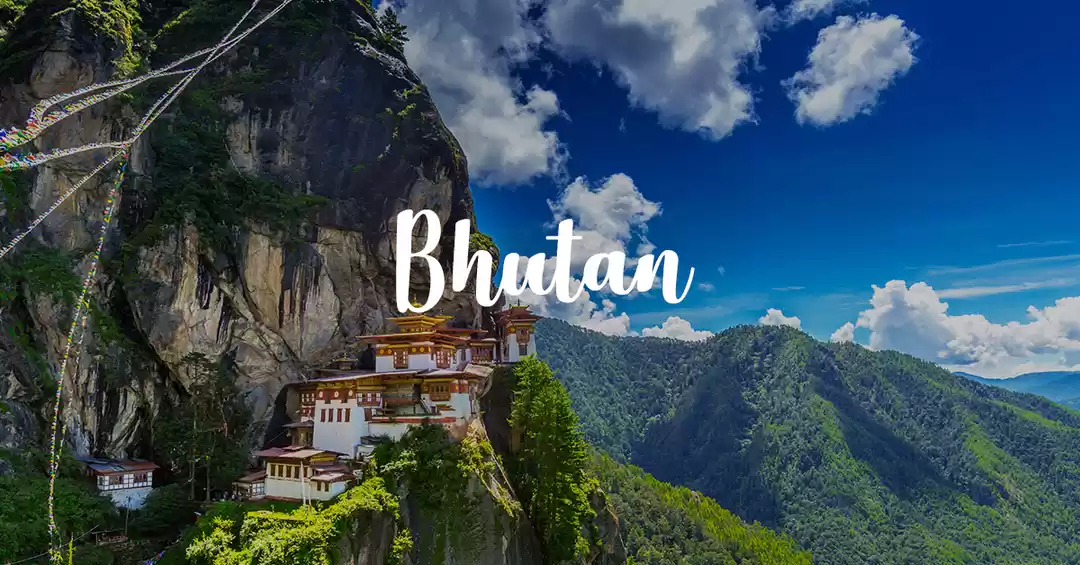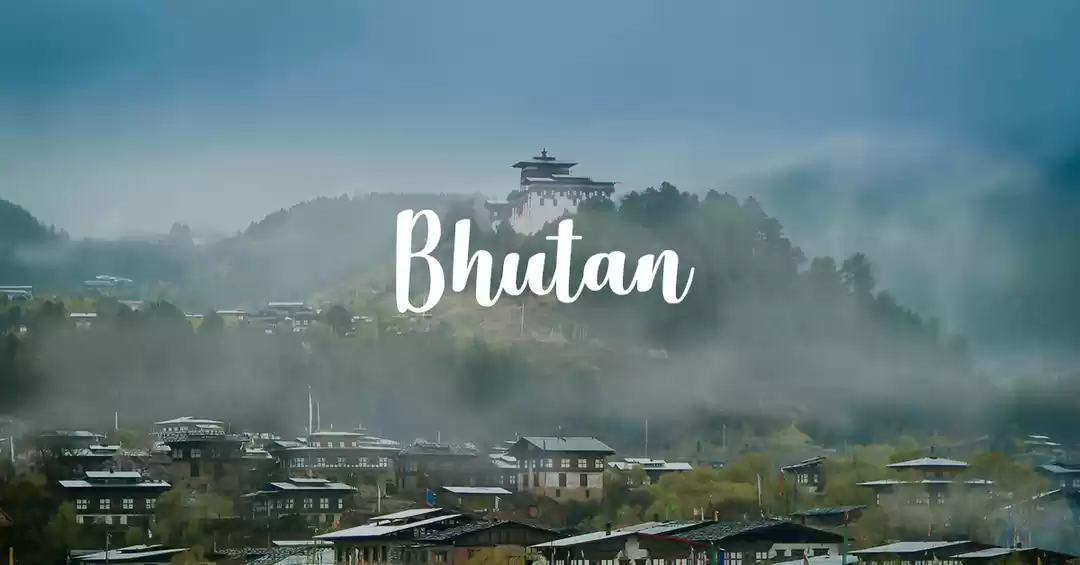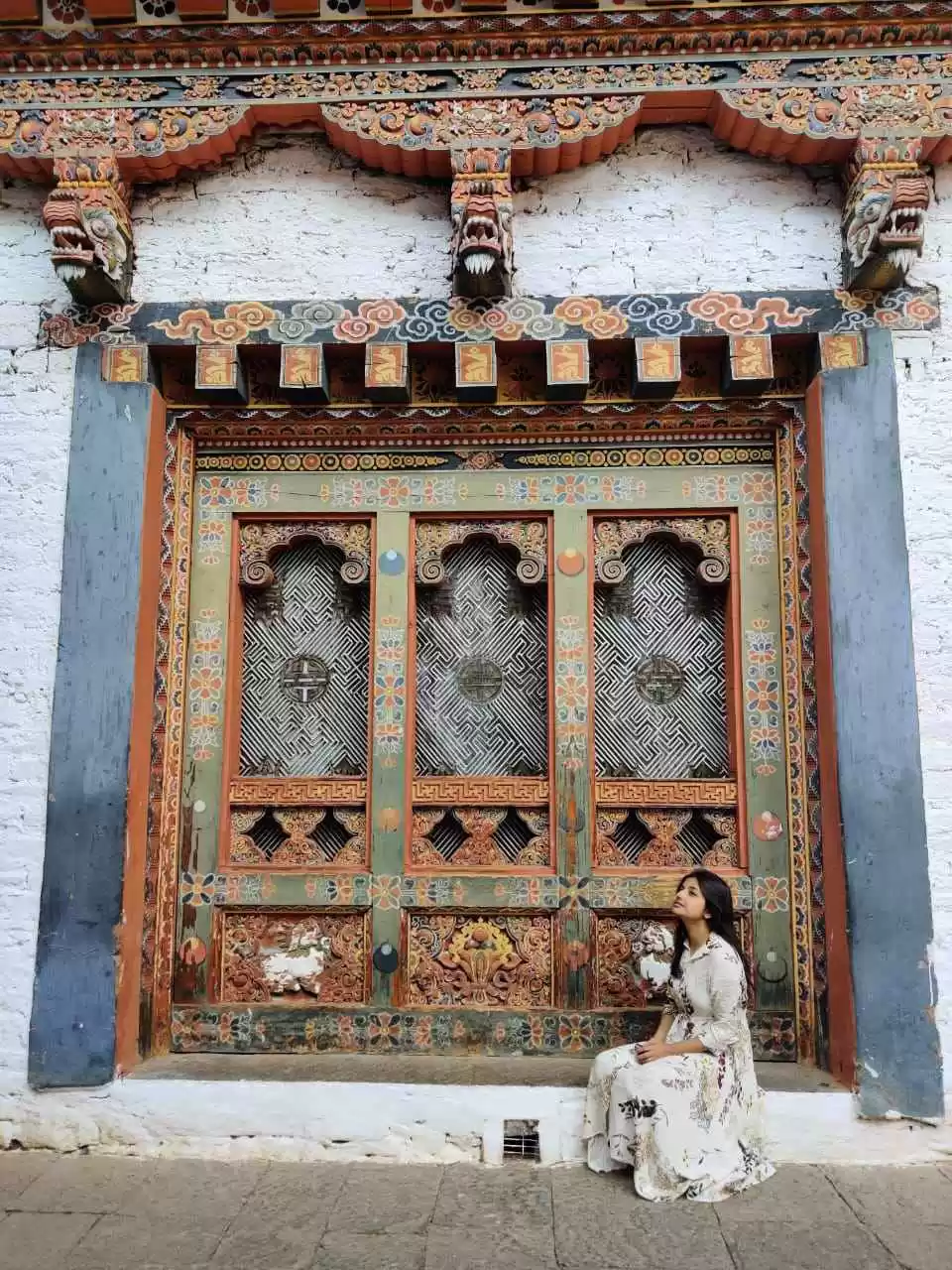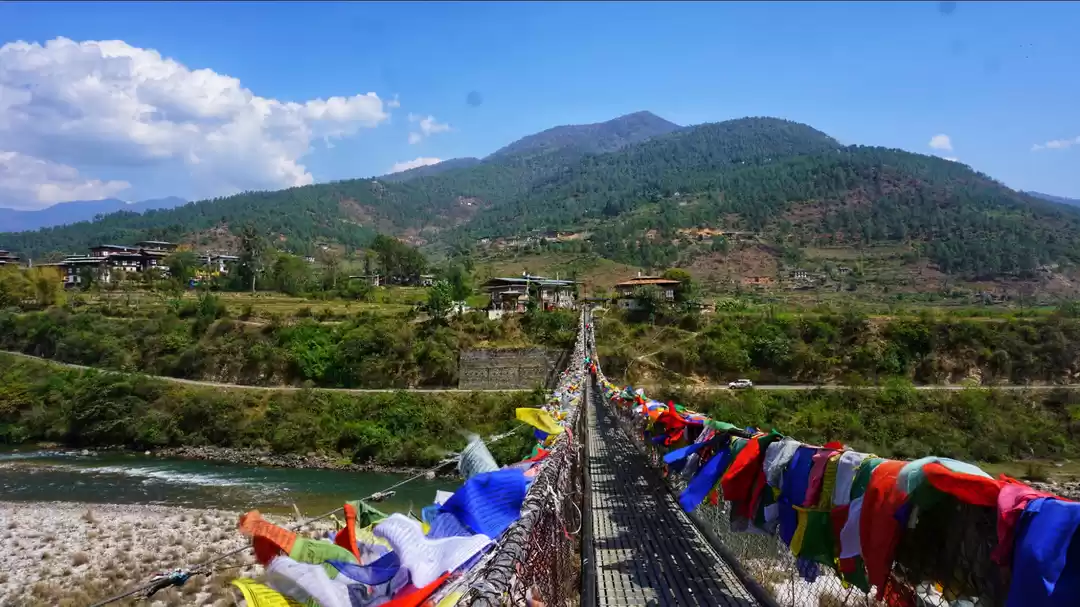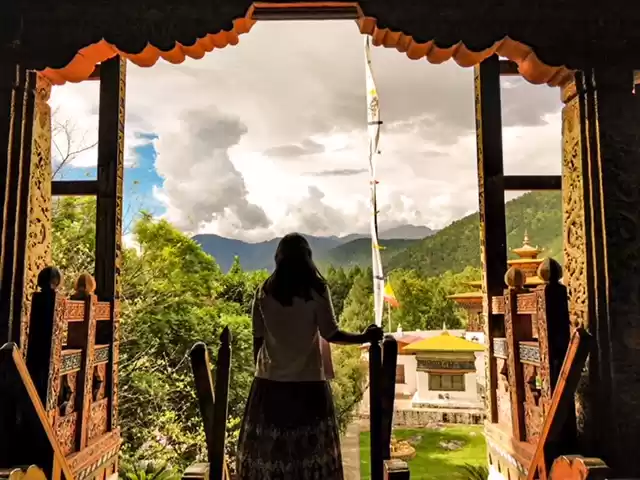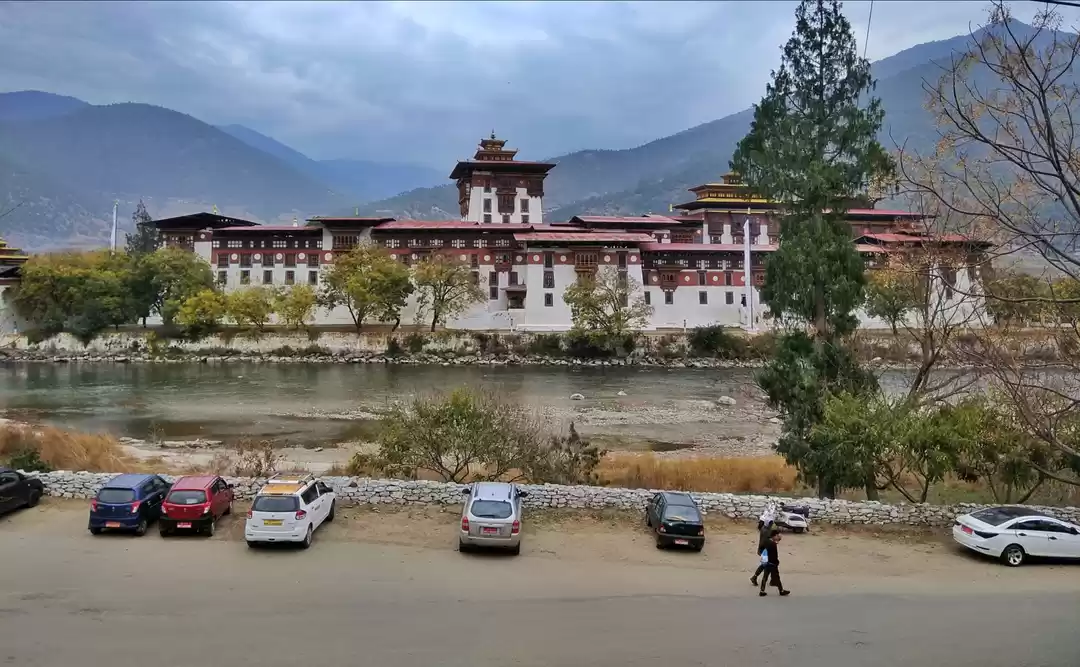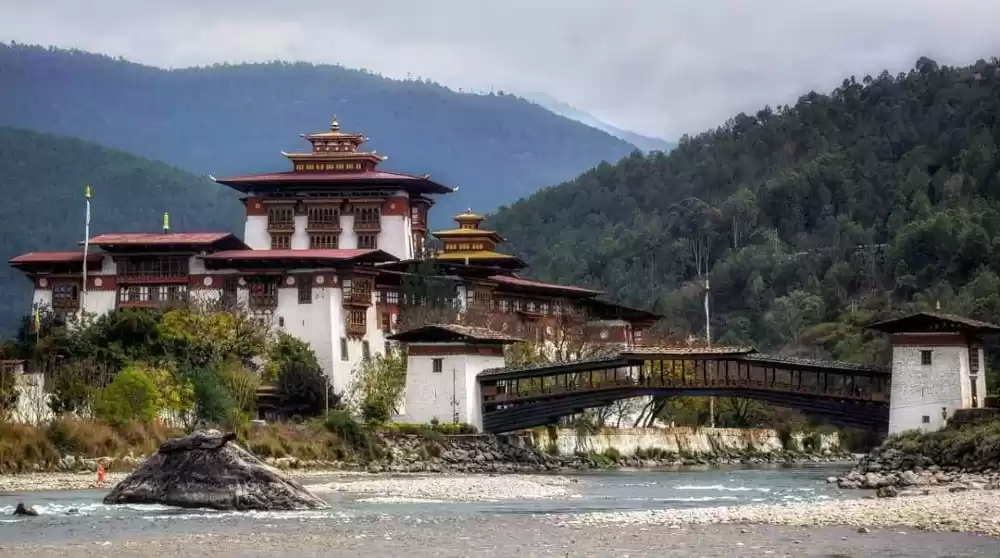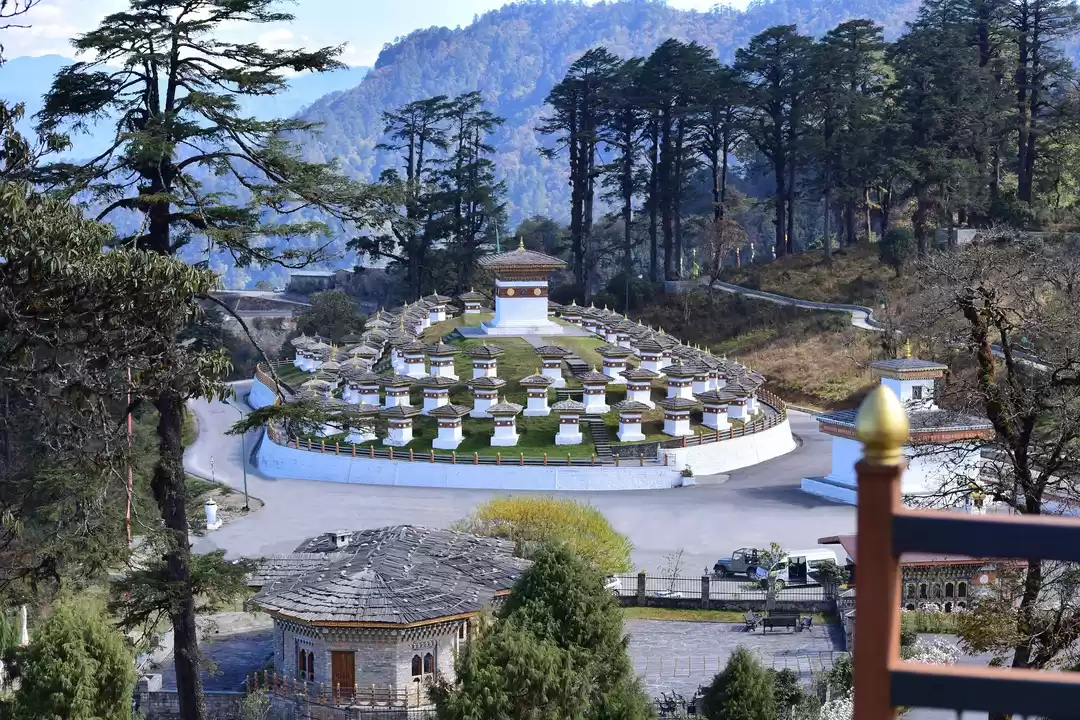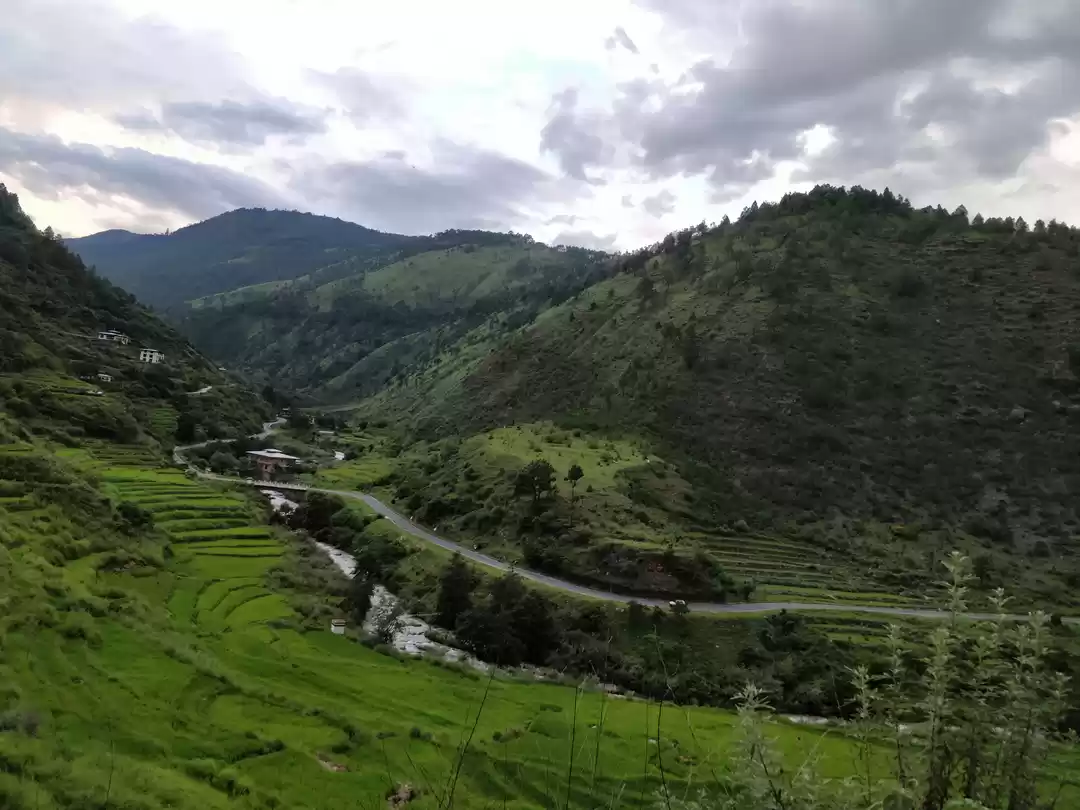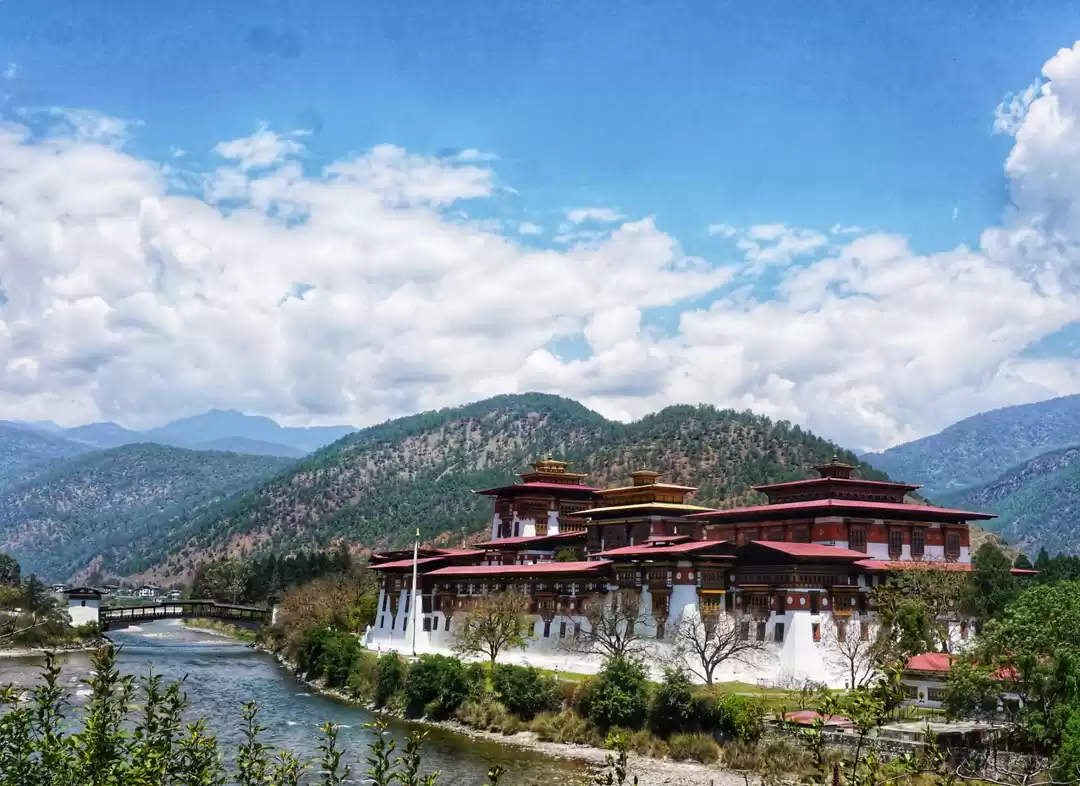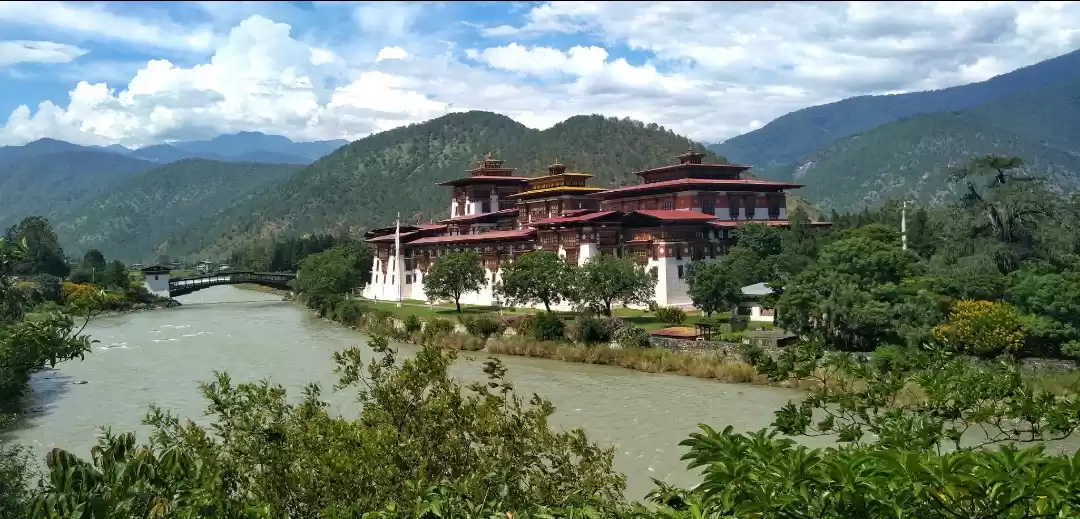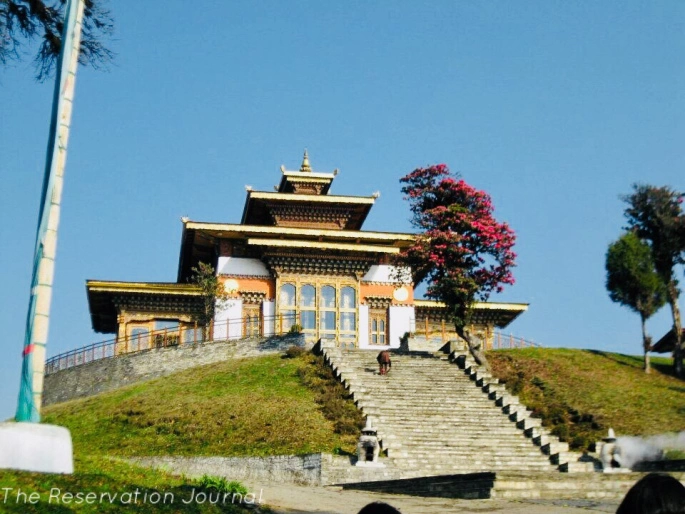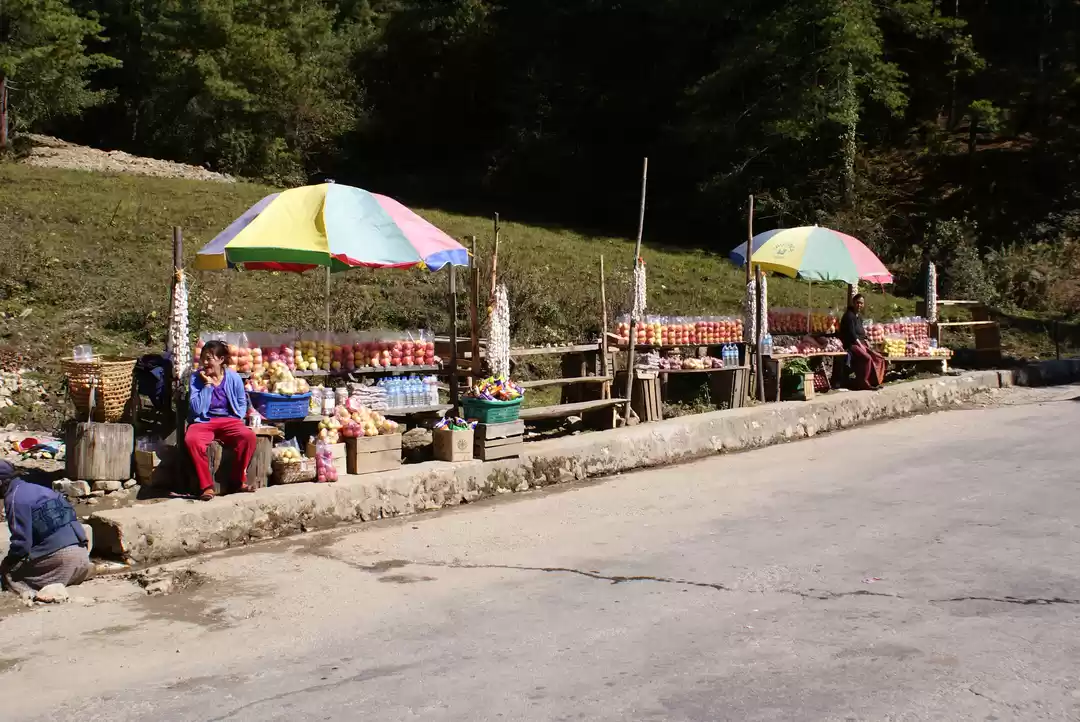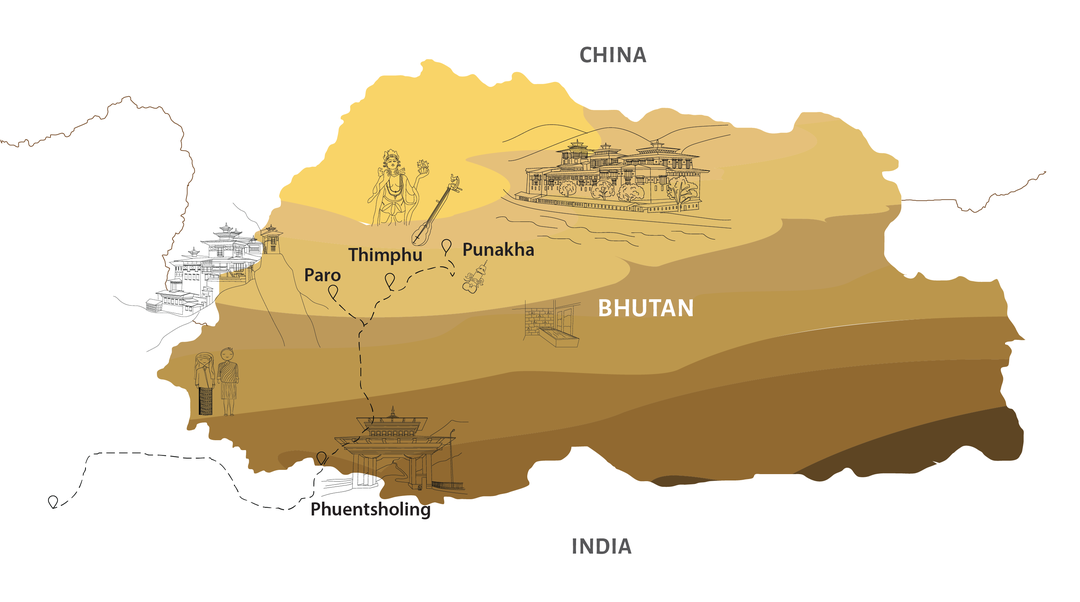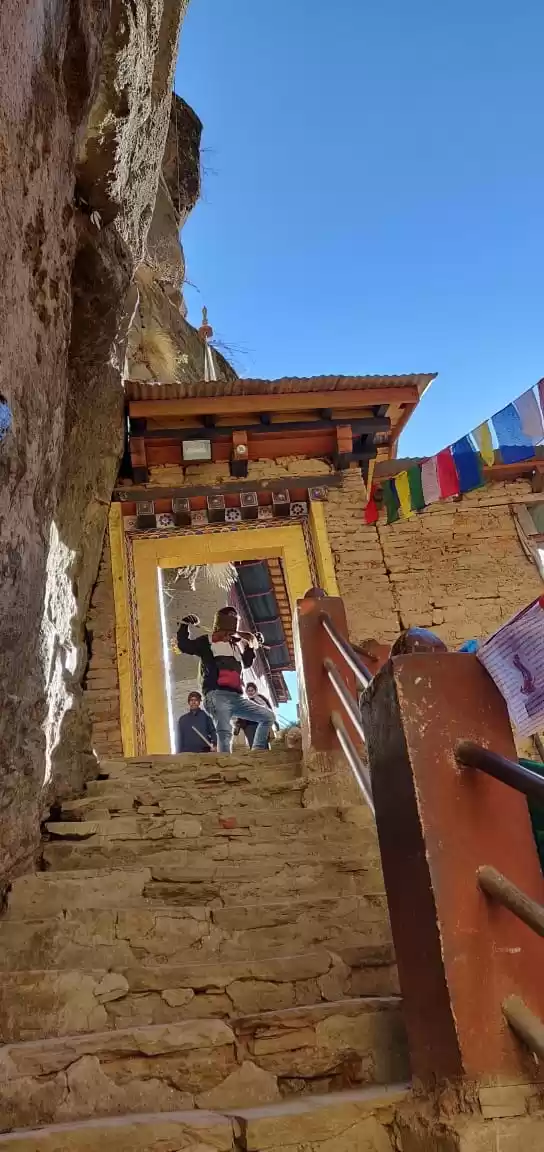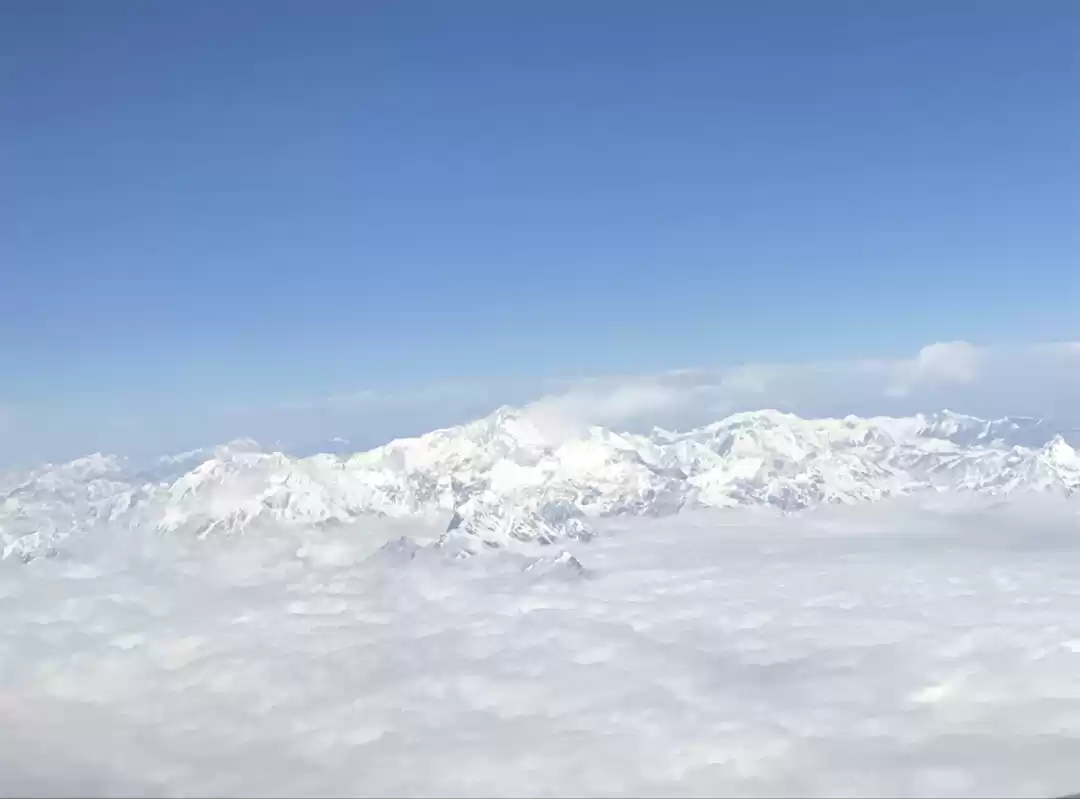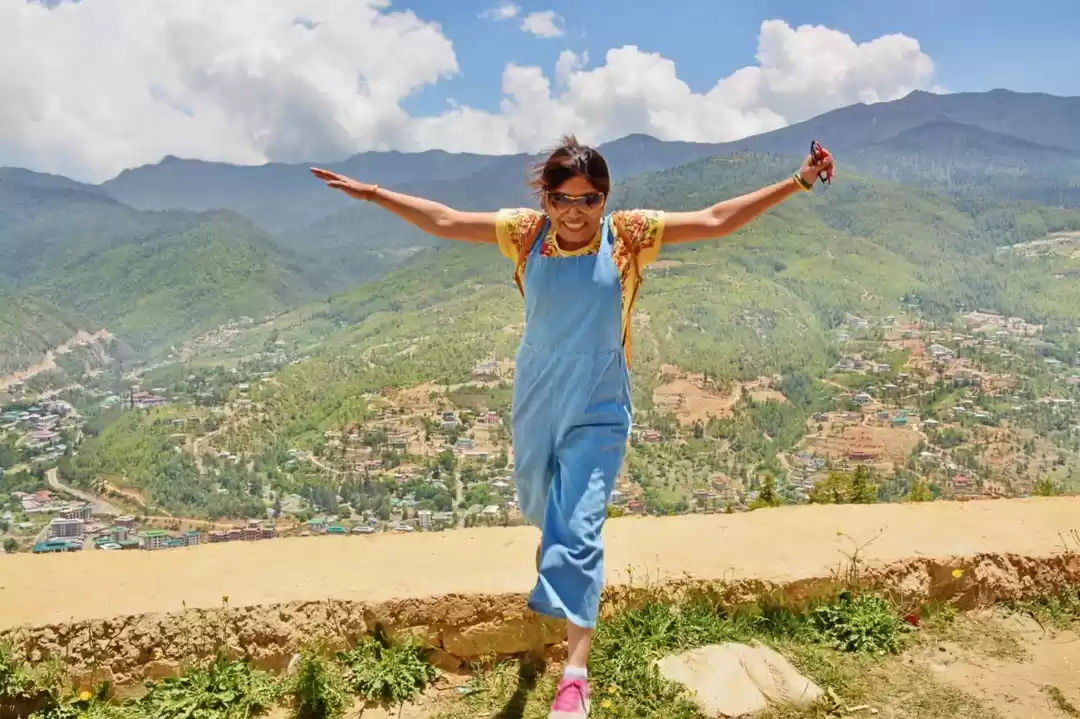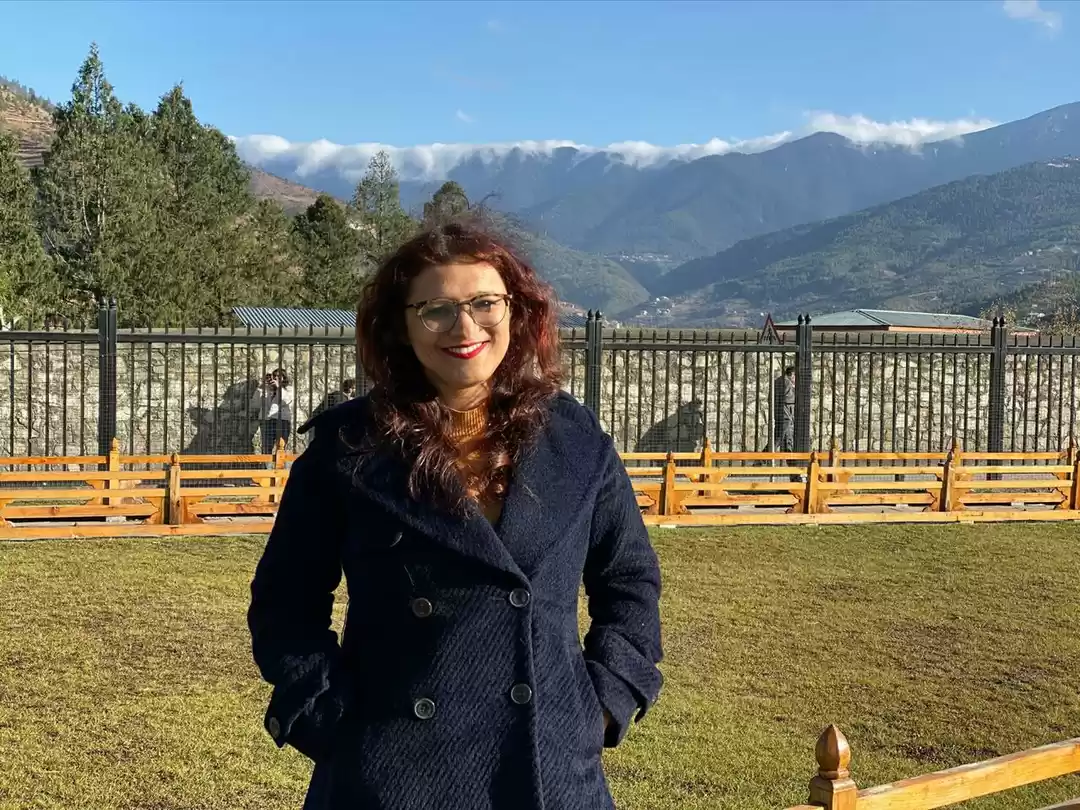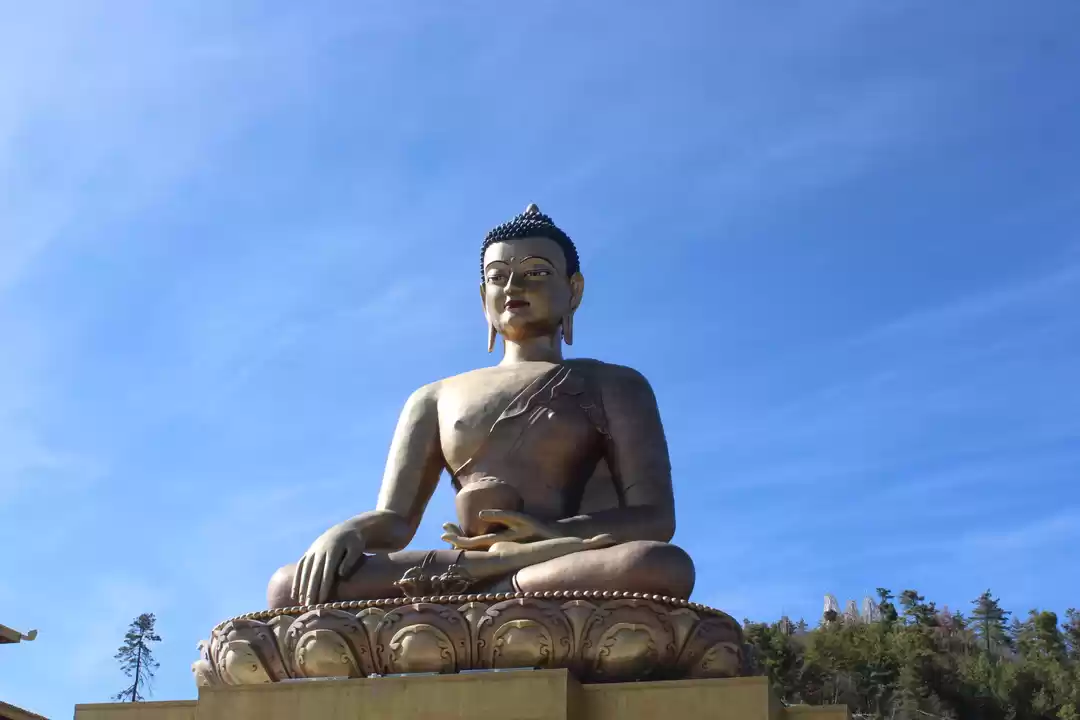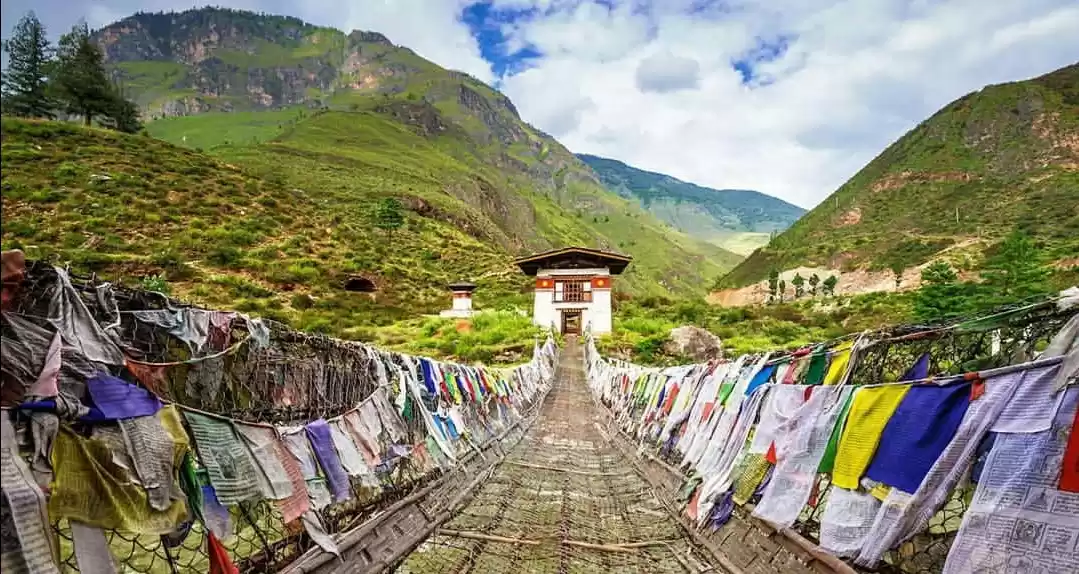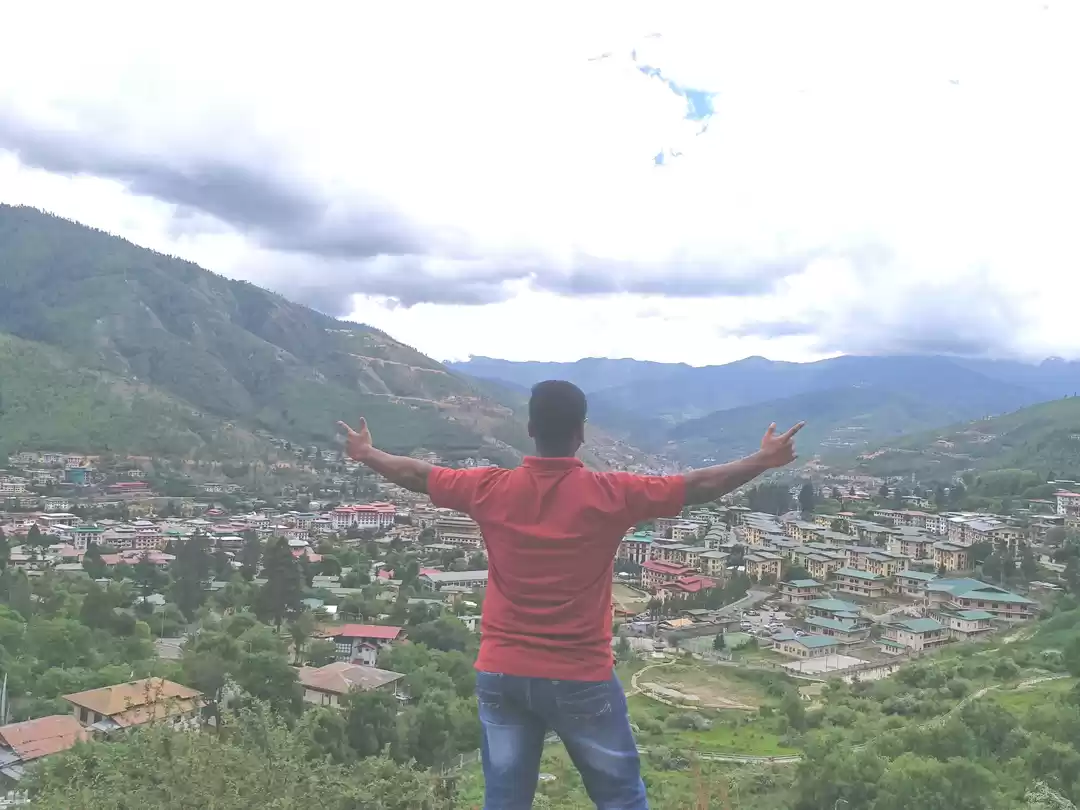



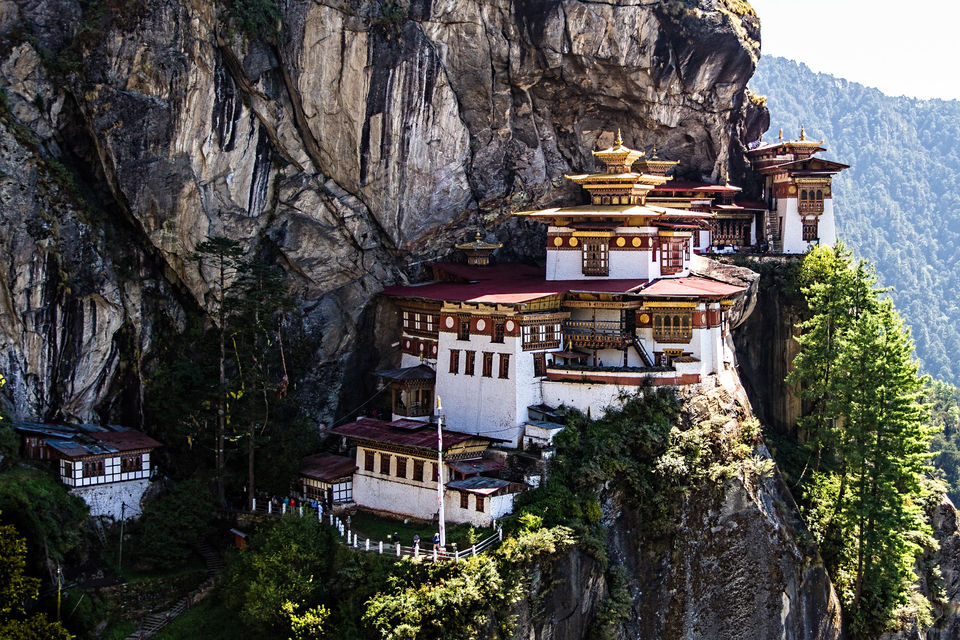





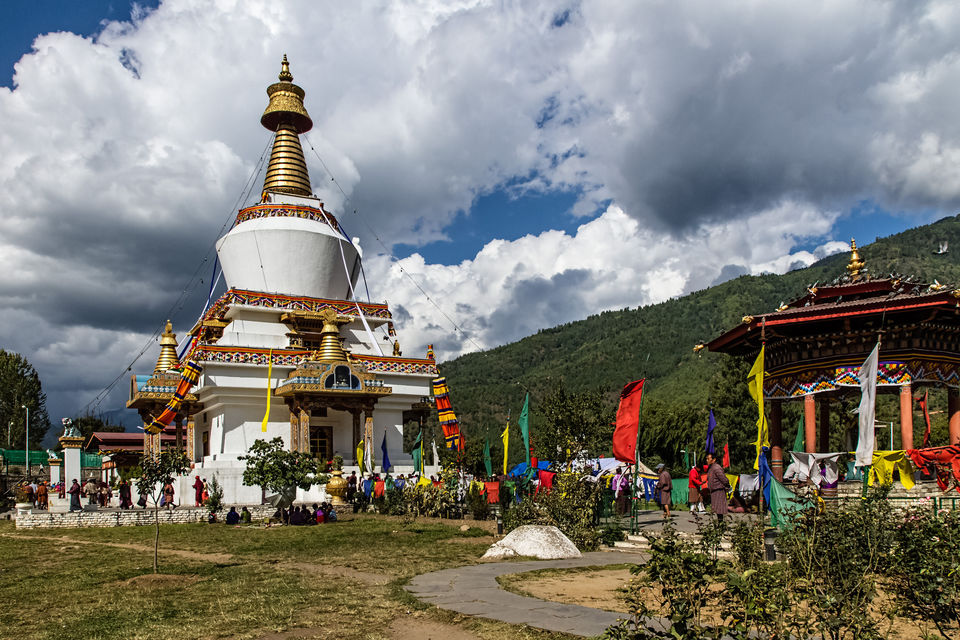



Bhutan had been on my bucket list for a few years now. Images of the Tiger’s Nest that cropped up in travel magazines from time to time kept pegging away at my curiosity of the place and finally, my wife Sonia and I decided to take the plunge this year. October, we thought would be a good time to travel – not too cold and we would also have seen the end of the monsoons (monsoons can be a very difficult time in the mountainous terrain with sporadic landslides that could block the roads for a few days if they are severe). We made our bookings with the tour operator well ahead, to ensure that air tickets and hotel rooms were available (September and October as well as March and April seem to be the peak periods for tourism although there are visitors throughout the year. This year though, the number of tourists had diminished significantly as European and American visitors rushed to cancel bookings following the earthquake that crippled Nepal. There are a limited number of flights that come in every day into Paro (the only International Airport in Bhutan) – the two airlines that operate are Drukair and Bhutan Airlines.
As Indians, we had the benefit of preferential pricing (arising from the longstanding treaties and agreements that Bhutan has with India) – most other foreign nationals are required to spend a minimum of US$200 per person per night during the off-season and US$250 during the peak season (I believe this includes lodging, boarding, the services of a guide and car for the duration of the trip). The country is pushing for High Value – Low Impact tourism, to ensure that the ecological balance is not disturbed too much.
We flew in on the Bhutan Airlines flight from Kolkata – the view of the Himalayas was simply amazing. A few minutes before the flight started it’s descent, the Captain advised us to look out on the left side of the aircraft – and there in the distance was the majestic Mt. Everest. Fortunately, a clear sky permitted a great view of the tallest mountain in the world albeit from a great distance. Soon after the excitement of the sighting of Mt. Everest, the Captain announced that the descent into Paro airport. The airport was nowhere to be seen – all we could see were the mountains all around us. The Captain then manoeuvred the plane expertly around a few mountains and then all of a sudden the runway was right there in front of us – I must say that this has to be one of the most dramatic flight landings in the world. A smooth landing and then we were out of the plane and walking towards the rather small but elegant looking airport building. Oh….. to breathe such fresh air (especially after one comes in from cities in India)! We had arrived in the land where prosperity is measured in terms of Gross National Happiness and we’d slipped into vacation mood so easily.
The Capital city of Thimphu is an hour and fifteen minutes by road from Paro. This trip has the best stretch of road in Bhutan – speed limit is 50km/hour (about 33miles/hour). We were told that the tolerance was up to a maximum of 60km/hour – above that, hefty fines were levied. All of the drivers kept within the dreaded 60km/hour limits and were very well disciplined (unlike their counterparts in neighbouring India). The other thing that struck us was the fact that almost nobody used the horns on their cars/buses/trucks – again a huge deviation from the norm across the border in India where horns are sounded (as loudly and long as possible) in a show of strength!
A quick check-in at our Thimphu hotel was followed by lunch and then we were off to explore the Land of Happiness. Pema Thinley, a lively character was our designated guide and Phuntsho our driver for the next 10 days. Our first stop was the National Memorial Chorten which was built in memory of King Jigme Dorji Wangchuk, the Third King of Bhutan. It serves as a monument of peace, harmony and tranquillity. A large number of people come here every day and traverse the periphery of the monument as part of their prayers. Older folk also spend the whole day on the premises as it brings them tranquillity.
The Tashichho Dzhong is a monastery cum fortress originally constructed in the 13th century as a small structure and then expanded in the 17th century. At this time, it houses a monastery as well as some administration including the Offices of the King. During the weekdays, the Dzhong is only open to visitors after office hours but on weekends, there is access during the day as well. The country is transitioning into a democratic system of governance with the King electing to step aside in a phased manner and let the people participate in the governance. The King continues to travel to the different parts of the country and interact with the people, even in remote areas, to get a feel for what is happening on the ground, first-hand information on problems faced by the people and to provide solutions wherever possible.
The Motithang Preserve in Thimphu was originally a zoo. Considering that it was improper for Buddhists to keep animals in captivity, the zoo was shut down and the animals were free into the forests. The Takin (a half goat, half cow) refused to leave the area and wandered about in the city. In order to protect the Takin, they were then located in the zoo are by converting it into a Preserve. The Takin is the National Animal of Bhutan. Just a short drive from the Preserve is Sangaygang from where one gets a birds eye view of the city of Thimphu – great place to visit at sunset.
Kuensel Phodrang is also known as Buddha Point, where the largest statue of a sitting Buddha has been made. It is a new structure and stands 167ft high. This statue is visible from almost all over Thimphu.
Our next stop was Punakha – a 5 hour drive from Thimphu. Although the distance was not so much, the roads in several sections of the mountainous terrain were poor due to landslides in the monsoon and road-widening. A short drive from Thimphu and we got to Dochula Pass – the second highest motorable road in Bhutan. On a clear day, one gets a good view of the Himalayan Mountain Range, including some of the tall peaks – we were not so lucky to see the peaks which were under cloud cover but the mountain range was fabulous. A café provides outdoor seating to allow visitors to take in the beauty of the place while sipping their cuppa. At Dochula Pass, 108 stupas (Chortens) have been built as a tribute to the Kings of Bhutan for their selfless service. Later in the afternoon, we visited the Punakha Dzhong which lies at the confluence of two rivers Mo Chhu and Po Chhu. Built in the 17th century, this is the second biggest and second oldest Dzhong in Bhutan. Legend has it that in the 8th century, Guru Rinpoche (also known as Guru Padmasambhava) foretold that a person by the name of Namgyal would build this Dzhong. This Dzhong also served as the Capital of Bhutan until 1955 when the Capital was moved to Thimphu for better access and proximity to the Indian border.
Trongsa is a 5 hour drive from Punakha – again in difficult road conditions. On the way, however, we found that an earthmover undertaking roadwork had been crushed by a huge rock and that the driver had just been removed to a hospital in a serious condition. I’d though that we would have to spend the rest of the day and a good part of the morrow waiting for the road to be cleared. Surprisingly, the level of efficiency was much higher than I’d anticipated and the road block was cleared in just two and a half hours – no mean feat by any standards , especially considering that the path to and from the site of the accident was just wide enough to allow a single vehicle. We arrived at our hotel in Trongsa rather late in the evening but were greeted with a wonderful view of the Trongsa Dzhong, all lit up at night. The morning just presented an awesome view of the landscape with an excellent view of Trongsa Dzhong amidst the early morning fog – what a sight to wake up to! Trongsa Dzhong, built in the 16th century is one of the largest and most impressive of the Dzhongs in Bhutan. This was the seat of the first and second Kings of Bhutan due to its central location as well as the fact that there was control over movement between Eastern and Western Bhutan from here.
Bumthang was our next destination. The Jakar Dzhong (also known as Castle of the White Bird) built in the 16th century overlooks the township. This Dzhong played a very important role as a defence fortress in the Eastern part of the country. Bumthang is also home to Jambey Lhakhang, a temple built in the 8th century where Guru Rinpoche is said to have cured the King of his ills and Kurjey Lhakhang built in the 17th century and is the resting place of the first three Kings of Bhutan. Burning Lake is a deep water pool in a gorge on the Tangchu river where a disciple of Guru Rinpoche, Pema Lingpa is said to have gone underwater to search for treasure with a butter lamp in his hand and returned with the treasure and the butter lamp still alight. Access to the pool is restricted since it is dangerous for visitors. Thangbi Lhakhang is a 15th century temple said to have been built by Shamar Rinpoche (the Red Hat Karmapa). An iron curtain said to be made by Pema Lingpa who had practised as a blacksmith still hangs at the front entrance to the temple. The priest of this temple that does not see too many visitors was kind enough to open it up for us and give us some insights into this ancient temple.
No trip to Bhutan is complete without a visit to the Ogyen Choling Museum. It is the only private museum in Bhutan – housed in the traditional home of Ms. Kunzang Choden. Ms. Choden is the 20th generation to have occupied this home. She is an accomplished writer and is the first Bhutanese lady to have written a book in English. Her narration of the history, as she shows you around the 400 year old home, literally transports you back in time. The Museum houses implements and artefacts that demonstrate the lifestyle of the people in the centuries gone by. The rooms have been preserved and demonstrate the living arrangements very well.
On the ride back to Bumthang, Pema decided to treat us to a picnic by the river. This was such a peaceful setting, with the clean water flowing in the river, not a sound to be heard except for the occasional tinkling of the bell around a cow’s neck somewhere in the neighbourhood – absolute bliss.
Gangtey was our next stop. This is a beautiful valley where the Black Necked Cranes migrate to every winter. The entire valley is kept free of construction and wires or cables to ensure that the Cranes can come in every year unhindered – they normally migrate here from Tibet in November and return at the end of December. The scenic beauty of this valley was extraordinary – especially in the morning light with fog enveloping the bottom of the valley but leaving the mountain sides and tops clear – truly a sight to behold. The night was pretty nippy – the hotel had furnaces in every room where one had to regularly top up the fire-wood to keep the room warm. I felt one night in this gorgeous place was not enough but we had to chug on.
We were back in Paro on the last leg of our trip. Rimpung Dzhong is an example of the marvellous architecture of Bhutan. It played a very important part in quelling the invasions by the Tibetans in the past and stands grandly overlooking the town of Paro. The view of the township from there, with the river flowing alongside is marvellous. We also did a quick visit to Kyuchi Lhakhang, a 7th century temple built by the Tibetan King Songten Gampo to subdue a demon that was terrorizing the people of the Himalayas. There are two orange trees in the courtyard and they are said to bear fruit throughout the year.
Paro Taktsang or Tiger’s Nest is the one reason that most people (including I) take the call to travel to Bhutan. Legend has it that Guru Padmasambhava (who propagated Buddhism in Bhutan in the 8th century) flew onto this mountain on the back of a Tigress and meditated for over 3 years – hence the name Tiger’s Lair and subsequently Tigers Nest came into being.
Once you drive up to the base of the mountain to embark upon the journey to Tiger’s Nest, the climb seems very daunting - to the naked eye, all one sees is a tiny white spot on the side of the mountain – about 3000ft up vertically. I’d thought we’d at best make it to the second view point and return to the base, and told Pema as much. The first half hour seemed very difficult for us – we were not great walkers or climbers – especially with the thin air at this altitude. Pema reminded us that in this instance, it is the journey that you need to keep in mind and not the destination. “Let the others go by – just pace yourself to your ability. They are all professional or experienced trekkers”, he said. Before we’d started the trek, he’d estimated that we would take 3 hours to do the 3 and a half mile trek up to Tiger’s Nest – and he was spot on – to the minute almost. Once we got there, just the fact that we’d made it simply overwhelmed us. The place was so peaceful, we even had a few minutes alone to reflect and meditate in the Temple room housing the deity Guru Padmasambhava. One can also light a butter lamp as an offering. The descent to the base was not much easier considering that it is just a beaten path and a fairly steep incline. The entire experience was unforgettable.
It was now the last day of our rather extended visit to Bhutan. A 5 hour drive (owing to a one hour halt due to road repairs) to Haa Valley included a stop at Chele La Pass. At 13,000ft, this is the highest motorable road in Bhutan. From here, we got a good view of Mt. Jomolhari – Bhutan’s second highest peak. Haa Valley is a very quiet town with just a few buildings lining the main street. The Indian Army has a presence here – they apparently help the Bhutanese Government ward off any incursions from across the border.
Finally, it was time to leave Bhutan and head back home. It was a sad moment to leave Pema Thinley and Phuntsho who were with us for over 10 days and had almost become family. We left with unforgettable memories of one of our best ever vacations. We had come to Bhutan to view the Tiger’s Nest and were going back memories of a beautiful country with simply wonderful people – there is much much more to Bhutan than Tiger’s Nest.
The highest motorable road in Bhutan. One gets a good view of Mt Jomolhari from here on a clear day.

The second highest motorable road in Bhutan. The 108 Chortens are located here (Memorial in respect to the Kings ofBhutan). Wonderful views of the Himalayan range from here on a clear day.

Gangtey Valley hosts the Black Necked Cranes when they migrate in the winter from Tibet. A beautiful, scenic valley.



Punakha is one of the "low lands" at about 6000ft above sea level - gets warm during the summers.

This Dzong is part monastery and part administrative block - the King's Offices are here.

One of the largest and most impressive Dzhongs in Bhutan
Frequent searches leading to this page
Bhutan tour packages price, Bhutan tourism for Indian, Bhutan tour package cost, Bhutan tour plan, Bhutan tours and travels, Bhutan trip cost

Frequent searches leading to this page:-
Bhutan tour packages price, Bhutan tourism for Indian, Bhutan tour package cost, Bhutan tour plan, Bhutan tours and travels, Bhutan trip cost









